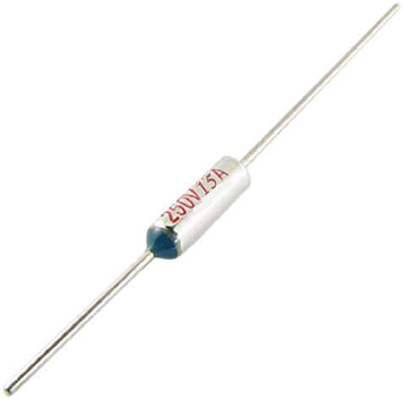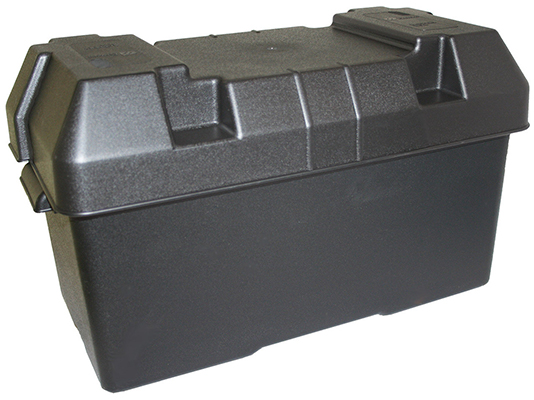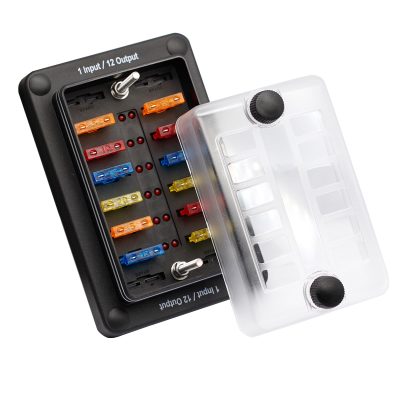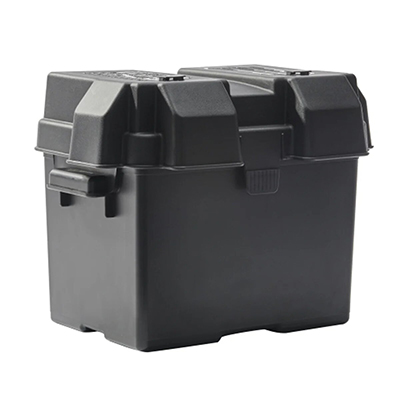Evaluating Cost-Effective Options for Automotive Current Fuses
News 2025-10-24
Automotive current fuses are vital components in vehicle electrical systems, serving to protect against overcurrent by interrupting the circuit when excessive flow is detected. This prevents damage to wiring, electronic modules, and other critical parts, potentially averting costly repairs or safety hazards. As the automotive sector evolves with electrification and smarter technologies, the need for affordable yet effective fuse solutions has intensified. Cost-effective options not only help in reducing manufacturing expenses but also ensure that vehicles remain reliable and safe without inflating budgets, making them a strategic choice for both producers and consumers.

Common Application Scenarios
In various automotive contexts, current fuses play a key role in safeguarding different systems. For example, in traditional internal combustion engine vehicles, they protect elements like headlights, infotainment systems, and power accessories. In the growing electric vehicle market, these fuses are crucial for managing high-voltage batteries and regenerative braking circuits, where failures could lead to significant risks. Cost-effective variants are especially beneficial in high-volume production lines, allowing automakers to maintain quality while cutting costs. They also find use in aftermarket installations, such as custom audio systems or lighting upgrades, providing an economical way to enhance vehicle functionality without high expenses.
Key Performance Advantages
Cost-effective automotive current fuses deliver strong performance benefits that make them attractive for widespread use. They offer precise current interruption with quick response times, minimizing the risk of thermal damage or component failure. Many models boast durable construction with materials resistant to vibration, moisture, and temperature extremes, ensuring longevity in harsh under-hood environments. Additionally, these fuses often meet or exceed standards like SAE J554, providing dependable protection at a lower price point. Their compact size facilitates easier integration into space-constrained designs, and features like color-coded ratings aid in quick identification and installation, enhancing overall efficiency in automotive applications.
1. What is an automotive current fuse?
It is a safety device that breaks an electrical circuit when current exceeds a set limit, protecting vehicle components from overloads and short circuits.
2. Why focus on cost-effective fuse options?
They balance affordability with reliable performance, helping reduce vehicle production and maintenance costs while maintaining essential safety standards.
3. How do these fuses improve vehicle reliability?
By providing fast and accurate fault protection, they prevent electrical failures that could cause breakdowns, thus extending the lifespan of automotive systems.


